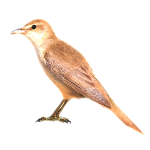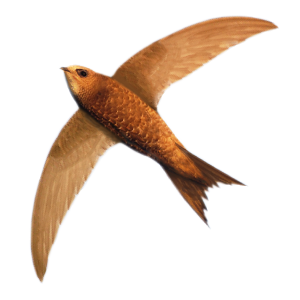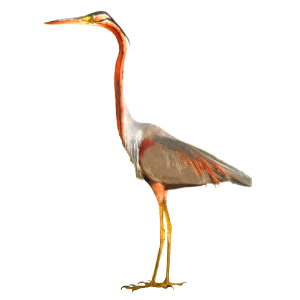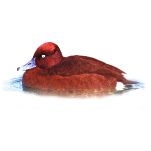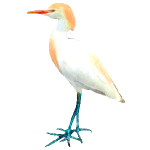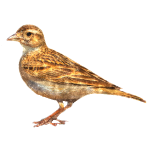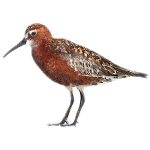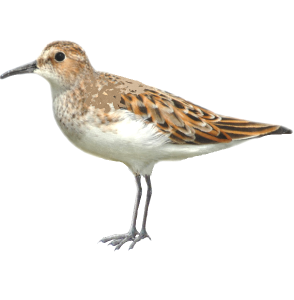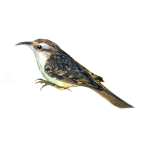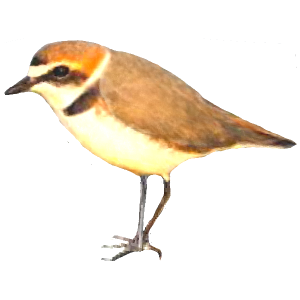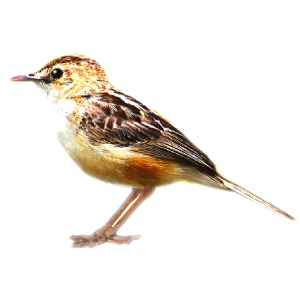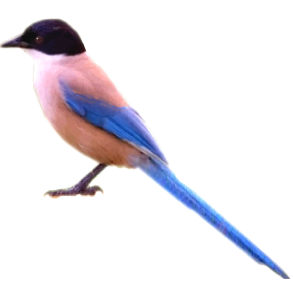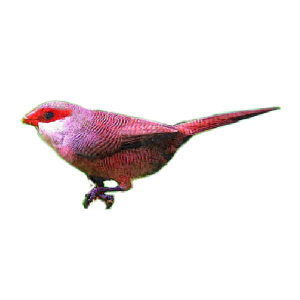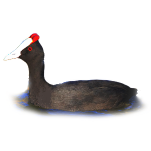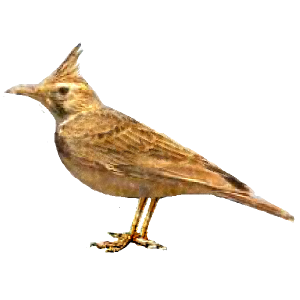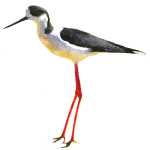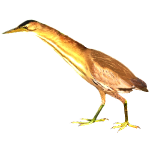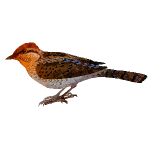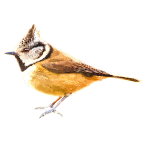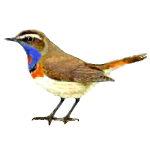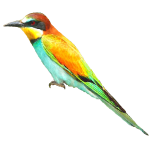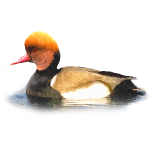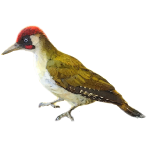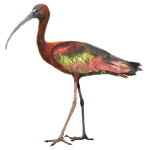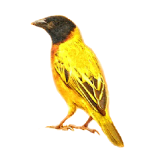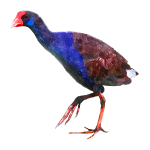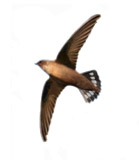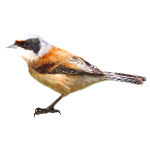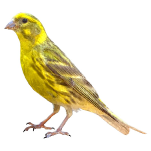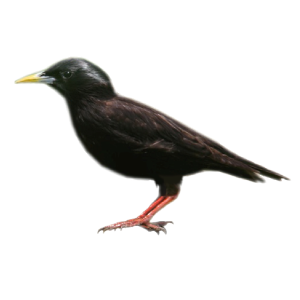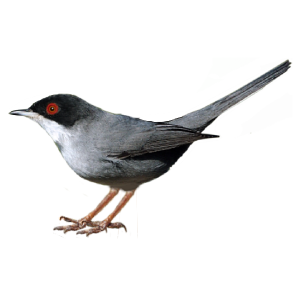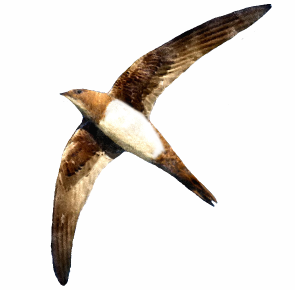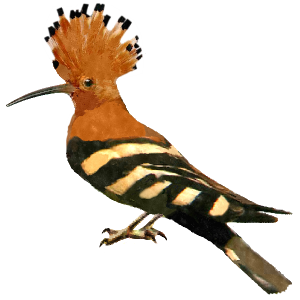HOTSPOT FACTSHEET: FOZ DO ALMARGEM BIRDING SITE
Location: Foz da Ribeira do Almargem / Praia do Almargem, Quarteira, Loulé municipality, Central Algarve | Coordinates: 37° 3′ 54.4134″ N, -8° 4′ 52.1286″ W (Lat/Long); 37.065115 N, -8.081147 W (decimal degrees) | Code: LL3 | Completion Time: up to 2 hours | Best Time for Birdwatching: Spring, Autumn and Winter; Summer is the least interesting season | Legal Status: None, regarding specifically its birdlife; the area is under the Reserva Ecológica Nacional (meaning “National Ecological Reserve”) status | Activities: birding; nature walks/hiking; cycling, running & other outdoor activities; sightseeing;
[PLEASE CHECK ALMARGEM’S BIRD SPECIALITIES AT THE BOTTOM OF THIS PAGE] Since it is created by a seasonal flow system, the brackish lagoon tends to suffer from large water level fluctuations; in summer, its maximum depth reaches only 6.6 feet/2.0 meters. In winter, on the other hand, the sea often breaches the natural barriers and floods the lagoon’s mouth at high tide. Bounded by pinewoods on both sides, this ellipse-shaped wetland displays a marked difference between its upstream, intermediate, and downstream segments.
The area further upstream has the densest vegetation cover, being clearly dominated by reeds and sedge. This is the best place to observe birds such as Red-crested Pochard, Tufted Duck, Gadwall, Little Grebe, Eurasian Wigeon, Coot, Moorhen and Common Pochard. There are also small numbers of Purple Swamphens (resident) and Little Bitterns (from April to September), together with Grey Herons and the occasional Purple Heron, Ferruginous Duck or Glossy Ibis. Here, the thick reedbeds are the favoured habitat of the resident Zitting Cisticola and the wintering Bluethroat (infrequent), Reed Bunting, and Penduline Tit. Along the intermediate segment, the banks and adjoining ditches are mainly covered by rushes and african tamarisk. On these small tamarisk trees – which exhibit long, showy spikes of pink or white flowers between mid-February and late April – it is relatively easy to observe Waxbill, Sardinian Warbler, and a variety of finches. The views over the lagoon become increasingly unimpeded further towards the beach.
This fact allows bird watchers a first glimpse of the large gull roosts that are usually present throughout the winter, especially on stormy days. When seas are rough, Common Scoters often rest on the calm waters of the lagoon. Gull species include Lesser Black-backed, Yellow-legged, Black-headed and Mediterranean Gulls. Stretched, deep-black wings of Great Cormorants are also a frequent sight. It is always worthwhile to carefully search these bird gatherings for atypical species: local rarities or scarcities such as the Little Gull, the Velvet Scoter and the Red-knobbed Coot have been observed in Almargem in the recent past. In the area further downstream, which encloses the largest water surface, marshy vegetation is present only on the banks. Waders, such as the Kentish Plover, the Little Stint, the Dunlin, the Greenshank, the Curlew Sandpiper and the Green Sandpiper are often present at the water’s edge. The surrounding wooded patches provide shelter to the Iberian Azure-winged Magpie, the Hoopoe, the illusive Iberian Green Woodpecker, the probing Wryneck and the Short-toed Treecreeper.
Try to visit early in the morning or on business days, as Foz do Almargem attracts large crowds on weekends. Unless you’re another avid beachgoer, avoid visits during summer: birdlife is at its nadir, sun seekers at their zenith. The eastern bank of the lagoon is a much more pleasant place than the western bank; however, the lagoon is almost levelled with the main track along the western side, allowing visitors to better scan the banks.
The reedbeds of Vilamoura are located just 15-20 minutes away by car, to the east. On the opposite direction, and also about 20 minutes away by car, there are a couple of small coastal lagoons in Vale do Lobo (Almancil). The Dunas Douradas and Garrão lagoons are good for Little Bittern, Purple Swamphen, Gadwall, Black Tern, Wryneck, Black-headed Weaver, Short-toed Treecreeper and occasionally, Spotted Crake, Purple Heron and Eurasian Bittern. Both are pleasant places. However, by being nestled snugly on vast secondary dunes and covered by thick pinewood, the lagoon at Garrão can be very hard to find.

